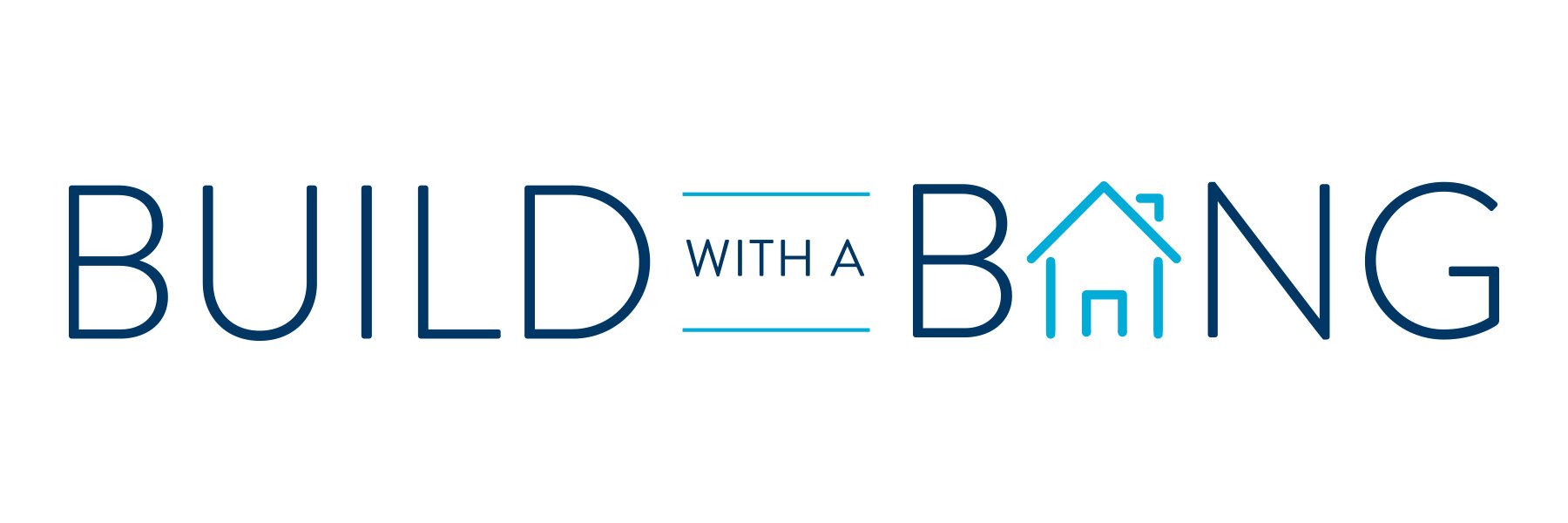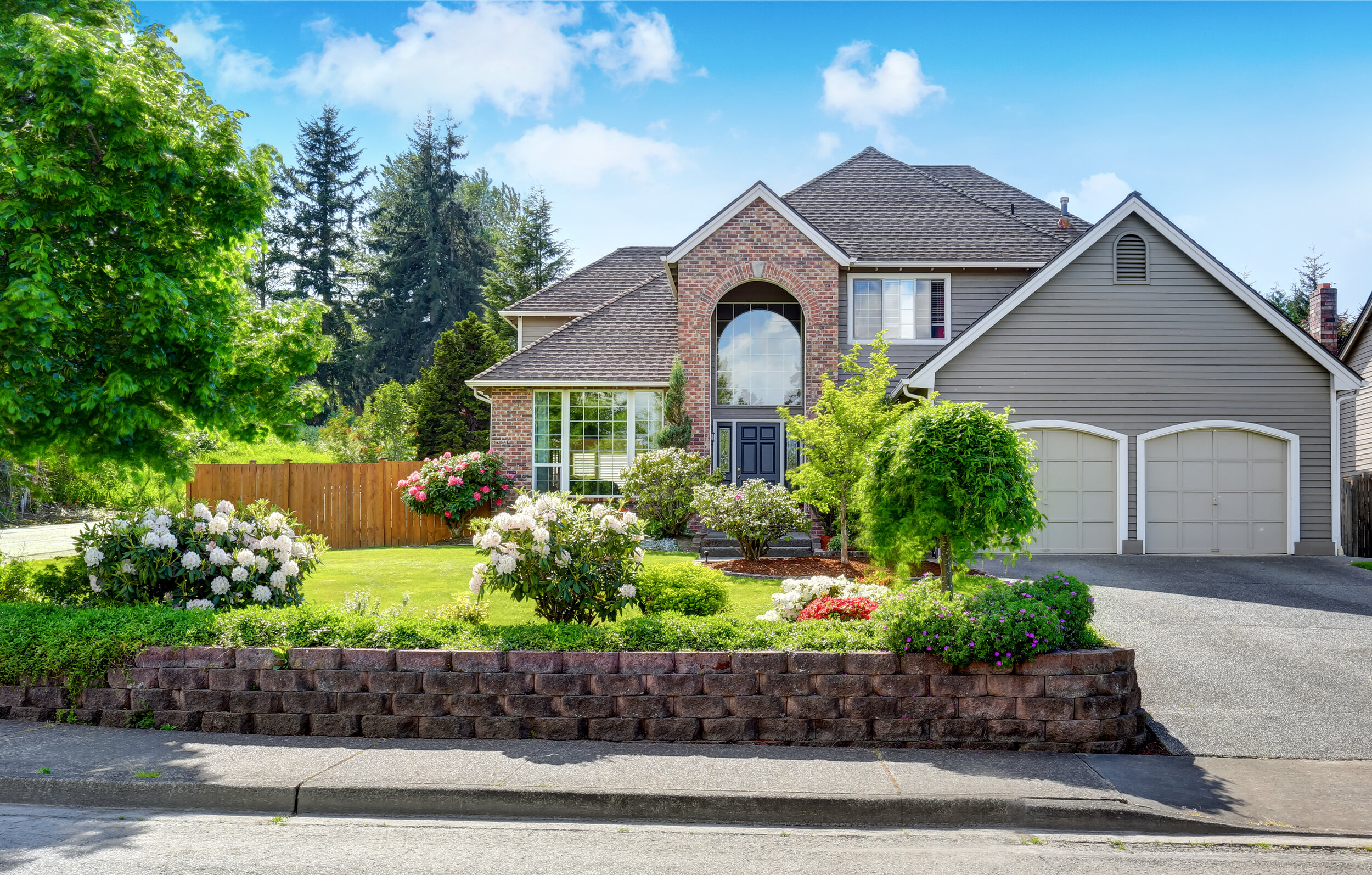8 Reasons James Hardie Is Your Go-To For Fiber Cement Siding
With so many siding options available for your home, it’s hard to compete when one company dominates the conversation when it comes to fiber cement siding.
With a unique blend of high style, affordability, and durability with minimal upkeep James Hardie’s well-known, Hardieboard (and other Hardie siding products) excel in the the fiber cement siding market.
Here’s Why James Hardie Siding Is In High Demand
It Can Save You Money
The return on investment for fiber cement siding is higher than other siding products. The average return on your investment is about 87 percent for fiber cement siding and 77 percent for natural wood. This means that you’ll get more bang for your buck when you sell your home if you’ve covered it in fiber cement boards.
Painting: Fiber cement siding only needs to be repainted every 10 to 15 years. Wood, on the other hand, should be painted every 3 to 7 years.
Cleaning: You can clean fiber cement siding yearly with soap and water or a pressure washer. If the material cracks or chips, you can use a cement patching product to repair it.
It Looks Amazing
This building material mimics the appearance of wood better than most others. Vinyl siding is often molded with a wood grain texture. However, when you look at it closely, it often has an obvious plastic finish.
In fact, it is approved for use on many historic houses. Vinyl and other modern materials aren’t suitable for vintage architecture.
It’s Environmentally Friendly
Fiber cement is made from sustainable ingredients, including some recycled materials. Although the fiber cement boards can’t currently be recycled, they last longer than many other siding materials.
Unlike vinyl siding, which emits volatile organic compounds into the atmosphere, fiber cement is inert. It doesn’t off-gas or produce toxic vapors.
It’s Long-Lasting
Fiber cement siding has a long life span, 25-40 years.
James Hardie Warranty
A 30 year warranty that most Hardieplank products will resist damage caused by hail or termite attacks, and is free from defects in material and workmanship.
A 15 year warranty against color fade where the product will not peel, will not crack, and will not chip.
It’s Heat-Resistant
Even though fiber cement siding looks like wood, it doesn’t fuel a fire the way wood does. It’s made mostly of non-flammable materials. It has a similar flammability as brick. You can even use it around a chimney as long as you follow the recommended clearance guidelines.
Unlike vinyl siding that can melt when exposed to high heat from the sun or a barbecue, you don’t have to worry about melting or warping with fiber cement boards.
It’s Weather-Resistant
Because fiber cement siding is similar to a masonry product, it’s weather-resistant. It’s not affected by moisture and won’t rot in humid, wet or snowy climates. It’s also sturdy enough to resist impacts from hail.
Fiber cement siding is an excellent option for areas that are prone to damaging storms. Whereas wind-blown objects can dent or destroy vinyl and aluminum, they won’t have a major influence on the structure of fiber cement.
It’s Insect-Resistant
Some insects, such as termites feed on the wood that makes up your home. Fiber cement is not made of wood so it won’t attract pests that can damage the structure of your building.
It’s Versatile
Fiber cement products look great with a variety of trim options. You can use HardieTrim as well as other fiber cement products to complete the look.
What Is Fiber Cement Board Siding?
Fiber cement board is a robust combination of cement and wood pulp. The wood pulp adds some flexibility so that the product doesn’t crack. The fly ash or silica acts as a filler while the added cement powder binds everything together.
Water is added to the mixture to activate the cement and create a slurry. The mixture is pressed into sheets. Then, the manufacturer squeezes out the water and cuts the sheets into slats. The boards are baked to solidify and strengthen them.
This type of siding can be made to look like wood, stone, brick or shingles. However, it’s less expensive than those materials. Its properties are similar to those of concrete.
Manufacturers often coat the boards with a single layer of paint. If you choose a pre-painted option, though, your color selection may be limited. Fiber cement siding can be painted at the lumberyard or after it is installed on the home.
Hardieboard vs. Hardieplank
Due to it’s wide selection of siding product, some consumers get confused when it comes to Hardieboard siding.
Hardieplank is the lap siding that you’d see on the exterior of a home.
Planks come in various widths and textures
Some have natural wood grain texture, while others are completely smooth
It’s designed to help you design and create a variety of architectural looks
Hardieshingle siding breaks up the planks with the look of cedar shakes and requires less maintenance than cedar shingles. Hardieshingle siding comes in individual shingles or half-rounds for perfect accent pieces
HardieBacker cement boards or HardiePanels serve as underlayment for tile shower enclosures
Tip: Don’t get HardieBacker confused with hardboard. Hardboard is a medium-density fiberboard product that’s made from recycled wood fibers. Hardboard is not appropriate to use as siding because it soaks up moisture.
Cost vs. Other Siding Options
When you include installation, cladding a home in fiber cement siding costs approximately $6 to $12 per square foot. The costs to cover a home in other types of siding are as follows:
• Wood $5-$16 per square foot
• Vinyl - $2 to $7 per square foot
• Brick - $6 to $10 per square foot
• Stucco - $6 to $9 per square foot
• Engineered wood - $11 to $28 per square foot
• Aluminum - $3.50 to $4.75 per square foot
• Stone - $35 to $50 per square foot
Why Hardieboard?
James Hardie is the recognized leader in this industry. The company uses a rigorous testing process to ensure quality. HardiePlank lap siding has been backed by the Good Housekeeping Seal of Approval.
James Hardie originated the product and therefore has been making it longer than its competitors.
James Hardie specializes in all-thing fiber cement siding, and runs the only research facility in the U.S. that’s committed to improving the technology.
As times change, so do Hardie siding products.
Contractors prefer using James Hardie products because they know what they’re getting. Hardie products use a ColorPlus Technology, which provides hues that last longer than paint. You can also purchase Hardie products with primer only, giving you the ability to custom paint them.
Installing James Hardie Products
James Hardie has meticulous installation procedures. Contractors who specialize in using these products will be well-trained and knowledgeable, producing the best work. James Hardie won’t let just anyone install their products. A builder or contractor must be certified to install James Hardie siding.
Questions To Ask Before Hiring an Installer:
• What manufacturers of fiber cement siding products have you worked with? – Find out what products they’re familiar with so that you can gauge their experience.
• Are you certified to install James Hardie siding? – Only certified installers can work with this brand.
• How is payment handled? – Will you be invoiced or do you have to pay up front?
• Do you offer any warranties or guarantees? – James Hardie materials come with a warranty, but you should make sure that the contractor or installer is insured and guarantees the quality of their labor.
• What is your waste removal procedure? - A good contractor should keep a dumpster or receptacle out of the way of the driveway and sidewalk, removing all debris.
• Do you have references? – Word of mouth can help you determine whether a contractor is reliable.
James Hardie Industries
Fiber cement was first introduced at the beginning of the twentieth century. The original version of the product was patented in 1901 by Ludwig Hatschek.
Hardieboard siding was initially popular in Australia, where wildfires are common. Builders and homeowners were sold on the fact that the material is flame-resistant.
Today, many people misidentify fiber cement boards as James Hardie products because the company has done such a great job of branding itself over the years. However, other manufacturers create similar fiber cement products.



